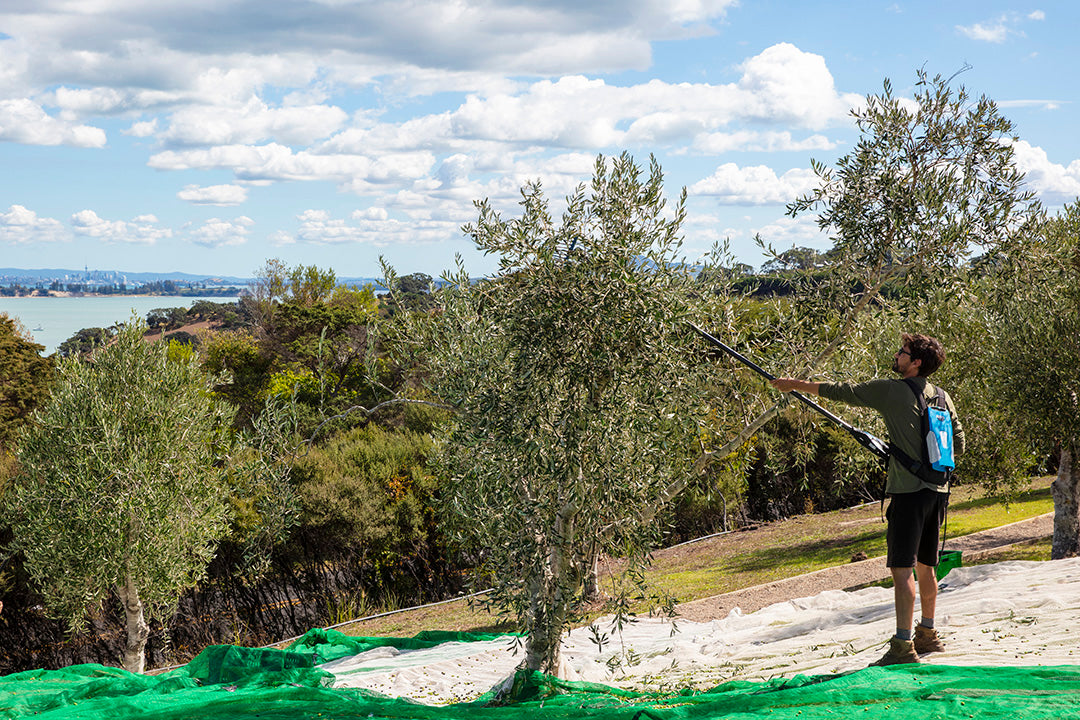Community Milling

The 2025 harvest season has officially come to an end - it’s been great working with all our local growers!
If you still have fruit on your trees that you’d like milled, please get in touch with us as soon as possible.
Harvest is our favourite time of year when local olive growers get together to harvest their olive trees and celebrate the exceptional EVOO made right here on Waiheke Island.
We will continue to accept olives from the community and look forward to milling, filtering and bottling for you next season. If you are interested in being one of our managed groves customers, email neil@allpressolivegroves.co.nz we would love to hear from you.
If you're interested in joining our community milling mailing list email us at hello@allpressolivegroves.co.nz
